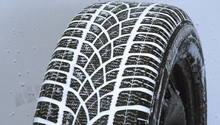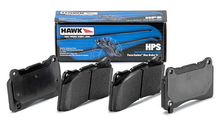Acura RDX: Buying Guide
There are a few things to look out for when purchasing a used Acura RDX. This guide will shine some light on the used car purchasing process.
This article applies to the Acura RDX.
Buying a used Acura RDX is a completely different process than getting a new one. When dealing with a used car, you never know how the previous owner treated it, which should help dictate the price of the car. This guide will shine some light on the used car market, what to look for, how to look for it, and what to walk away from. If you're in the market for a used car, or if you're debating between purchasing a brand new Acura or a used one, this guide will help you make a better decision for yourself and your budget. Read on for the Acura RDX buying guide.
It's almost impossible that we give an accurate price for a used Acura RDX. The price can vary depending on the year, trim level, mileage, and condition. Check Kelly Blue Book for accurate values of the specific vehicle you're looking at.
Mileage
The first thing you need to look at is the car's mileage. The odometer could be the difference in thousands of dollars, so be sure to check it first. If you're debating between used and brand new Acuras, know that as soon as a car is driven off of the dealership's lot, it loses 20% of its value. So if you're looking for a near brand new Acura, looking at one with very low mileage may save you a fortune. Anything up to 25,000 miles is considered very low mileage. If the car you're looking at is over 100,000 mileage, it's wise you understand how to inspect it mechanically. Even though 100,000 miles is a lot on a car, a well-cared for vehicle can go for many more thousands of miles after that. If you were originally thinking about a brand new Acura, anything under 25,000 miles could be your best choice. If you're looking for a reliable used Acura, anything from 25,000 to 100,000 is a good range for you. If you're looking for a cheaper Acura, anything mechanically good over 100,000 miles may be the best for your budget.
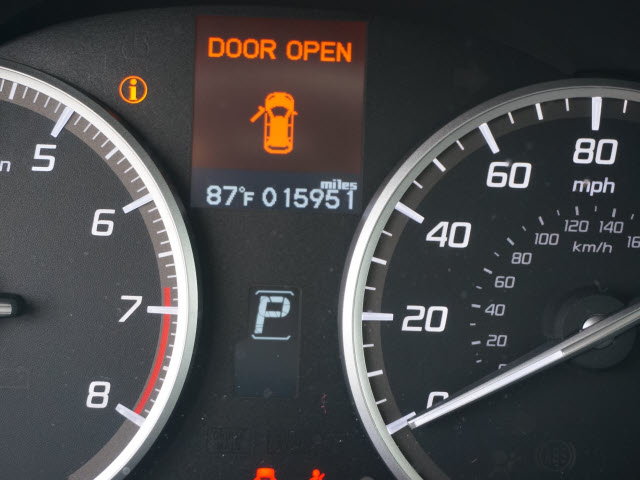
Engine
After figuring out the right mileage for you and your budget, it's time to pop the hood. The first impression at an engine can tell you a lot about the previous owner. If you pop the hood only to find out the engine is as dirty as a barn find, you can tell they didn't take care of it that well, at least not enough to clean the engine knowing a buyer is interested in it.
Looking past the dirt, and considering you live in a very dusty town, it's time to check some engine parts. The most important thing to check are the fluids. The RDX has an engine oil dipstick, a transmission fluid dipstick, a coolant overflow reservoir, brake fluid reservoir on the master cylinder, and a small gray cylinder for the power steering fluid. Check the level on each of these components; if they are low, it may be indicative of a problem.
Minor oil consumption is normal for any engine, but if the dipstick is below minimum, there is an issue. Engine coolant should never be consumed or burned through regular usage. A low coolant leak level is indicative of a bad head gasket, an overheating problem, or a leak, none of which are good. Likewise, brake fluid and power steering fluid should never be consumed. The only exception to this is the following: if the brake fluid level is low, inspect the brake pads. As the pads wear, the brake caliper's piston is pushed further out to keep the pad close to the rotor, this in turn lowers the level of the fluid in the reservoir.
Additionally, check the general condition of the engine, check the hoses and check for any fluids. Any fluid splattered around is an indication that there is a leak. If you're not looking to work on the car immediately, again, a leak should be a show stopper.
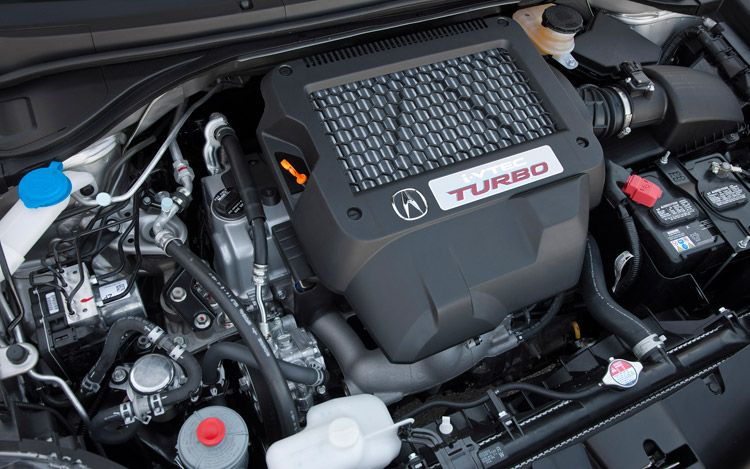
Appearance
Take a stroll around the car and check its appearance. Look at the paint and look for any uneven paint. Stand in the front or the rear of the car with an angle, then look at the surface, and if the paint looks wavy, it is an indication the car has been painted before. Check the interior of the car, and see if it smells like the previous owner was a smoker. If you're against that, then walk away from it, but if you're OK with some smoke smell or a few holes in the seats, use it as a negotiation point. The condition of the interior and exterior can tell a lot about the owner, and if the owner didn't care enough to wash the car, then she/he may have never cared, which could mean you're in for a lot of spending in the near future.

Warranty
If you're buying a car with less than 80,000 miles, then it could still have a warranty. If it doesn't have a warranty, use it as a negotiation point. If the car does indeed come with a warranty, ask for the terms and read it to see what it covers. Having a warranty doesn't mean life is great, as you could have a bad warranty that barely covers anything. Many dealerships can optionally bundle an aftermarket, or third party, warranty with the cars they sell. The often range between $1,500 to $3,000, depending on the specific policy involved. If this is the case, take a break from your hard-nosed negotiating to do some independent research on the warranty, and ask some basic questions: Who is the provider? Can I have repairs taken care of at any Acura dealer? Is there a deductible I would have to meet before having repairs covered? Also, keep that in mind when debating between a car from a dealership or from a private owner. If warranty is crucially important to you, it's rare to find a private owner selling the vehicle while under warranty. If you don't care for the warranty, make sure to look for ones without the warranty, because the owners increase the asking price because of the warranty.

Car Problems
The first thing you could do to detect an issue is to ask the owner if it has any problems. A lot of the private party sellers are rather honest, but don't rely on just that. After the owner tells you the issues that he is aware of, or after they tell you that the car is in a mint condition, it's time to do some investigation of yours. Use your flashlight to check the frame rails. Go all around the bottom of the car, and if the frame looks altered, bent, or scratched, it could mean the car has a serious problem. While you're under there, check for any leaks. Check around the engine oil pan and the transmission oil pan, as a leak is a lot of work, so you either decrease the price by 500 to 1,000 or just walk away from it. Check the shocks for any leaks, or if they are bouncing too much; although this is not a show stopper, it could be a great negotiating point, and you could lower the price by 200 to 500 dollars. Check the tires for wears; if you're buying the car and expecting to replace the tires immediately, expect to pay a minimum of $500, unless you want nice tires, which means double that. Use the simple problems to lower the asking price, and use the bigger problems as an encouragement to walk away.
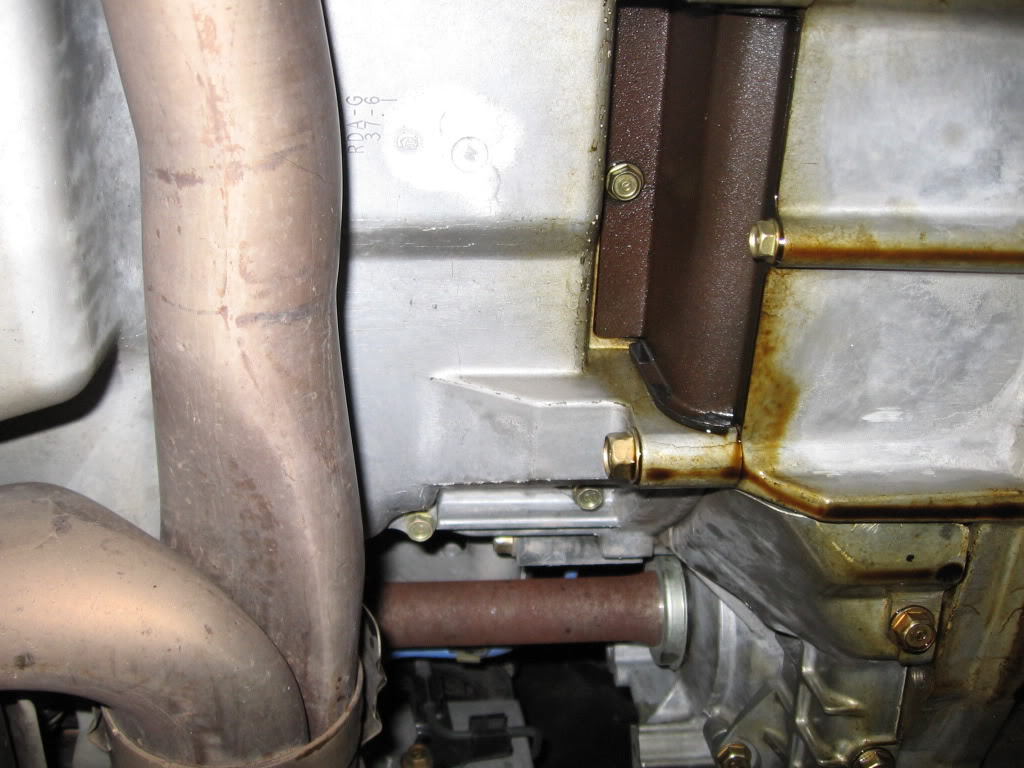
Related Discussions
- RDX Price - AcuraZine.com
- Acura RDX Competition - AcuraZine.com

